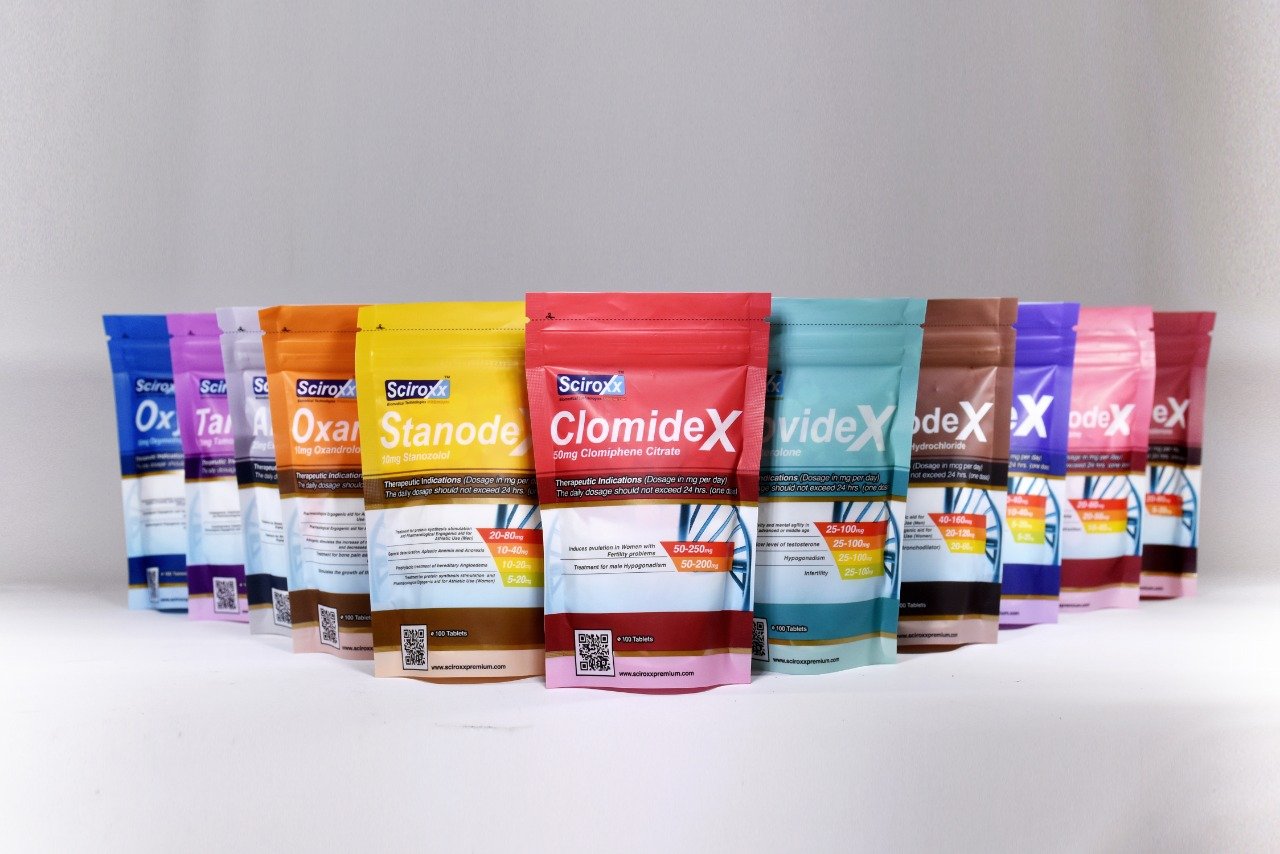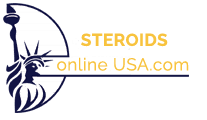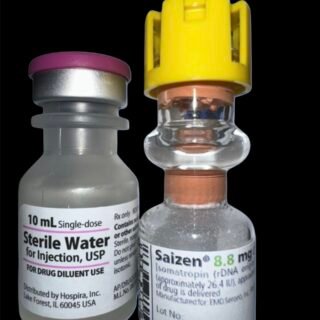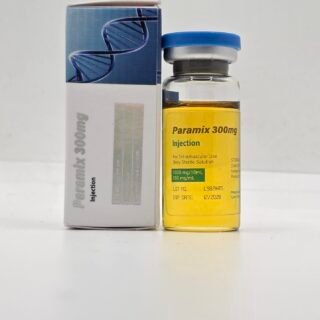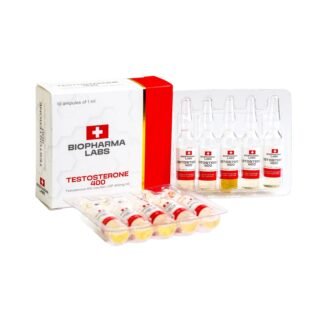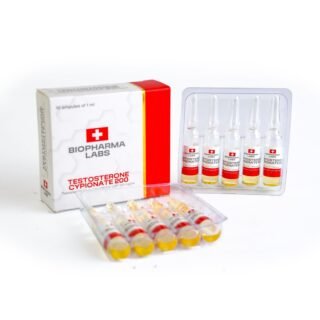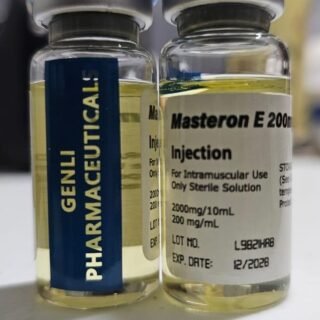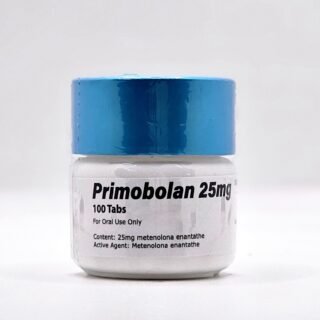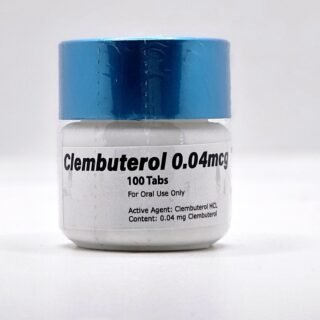Category
- Best Peptides for muscle growth
- Geno Pharma Domestic Warehouse 2 (Canada&USA)
- GP(Domestic Shipping US) Warehouse 1
- Human Pharma Premium
- Phar Labs Premium-Select
- Steroids on Sale USA, Real Steroids Online
- New arrivals in USA
- Most popular steroids in USA
- Antiestrogens / Gonadotropins
- Bangkok Steroid USA
- Biopharma Steroid USA
- British Dragon
- Anabolic Steroids for Horses
- Fat-burners
- Gen Pharma USA
- Medical Pharma Steroid USA
- Medical Tech Steroid USA
- Novocrine Steroids
- HGH USA
- Omega Labs Steroid USA
- Rotterdam Steroids USA
- SARMs USA
- Sciroxx
- Sydgroup Steroid USA
- Big vetenary Steroid USA
- Watson Steroids
- XT Labs Steroids
Most Popular steroids USA
-
 Saizen 8.8 mg (Somatropin) 26.4 UI Domestic USA
Saizen 8.8 mg (Somatropin) 26.4 UI Domestic USA
$115.00Original price was: $115.00.$98.00Current price is: $98.00. -
 PARAMIX 300 Genli Pharma – Trenbolone A, E & Hexa Mix 10 ml
PARAMIX 300 Genli Pharma – Trenbolone A, E & Hexa Mix 10 ml
$110.00Original price was: $110.00.$99.00Current price is: $99.00. -
 Testosterone 400 Biopharma 10 Ampoules
Testosterone 400 Biopharma 10 Ampoules
$99.00Original price was: $99.00.$75.00Current price is: $75.00. -
 Testosterone Cypionate 200 Biopharma 10 amp
Testosterone Cypionate 200 Biopharma 10 amp
$99.00Original price was: $99.00.$72.00Current price is: $72.00. -
 Drostanolone Enanthate 200mg 10 ml - Masteron Enanthate
Drostanolone Enanthate 200mg 10 ml - Masteron Enanthate
$110.00Original price was: $110.00.$90.00Current price is: $90.00. -
 Primobolan Pills 25mg 100 pills Domestic USA
Primobolan Pills 25mg 100 pills Domestic USA
$99.00Original price was: $99.00.$85.00Current price is: $85.00. -
 Clenbuterol for Sale 40mcg 100 Tabs - GP Premium Domestic USA
Clenbuterol for Sale 40mcg 100 Tabs - GP Premium Domestic USA
$99.00Original price was: $99.00.$65.00Current price is: $65.00.


Exogenous steroid use inevitably suppresses natural testosterone production by the body. Strategic post cycle therapy protocols are critical for reversing this effect and restoring homeostasis. Learn how to kickstart your endogenous hormonal system after a suppressive cycle.
Table of Contents
ToggleWhy Do Steroids Inhibit Natural Testosterone Production?
When external synthetic androgens like testosterone or trenbolone are administered, the hypothalamic-pituitary-gonadal axis responsible for natural testosterone production detects excessive levels.
To maintain equilibrium, the brain signals the testes to halt manufacturing testosterone via downstream messengers luteinizing hormone (LH) and follicle stimulating hormone (FSH).
Over time, extended suppression shrinks the testes and impacts sperm production and fertility. Estrogen levels also rise due to aromatization. Proper cycling and PCT prevents long-term effects.
Negative Consequences of Post-Cycle Testosterone Deficiency
Lingering testosterone deficiency after ending a steroid cycle leads to concerning effects:
Loss of muscle mass and strength gains
Erectile dysfunction, reduced libido
Mood disturbances – depression, irritability, lack of motivation
Increased body fat, reduced metabolic rate
Loss of confidence and competitive drive
Possible gynecomastia from higher estrogen levels
Low testosterone wreaks havoc on physique, performance, and quality of life. Swift PCT is imperative.
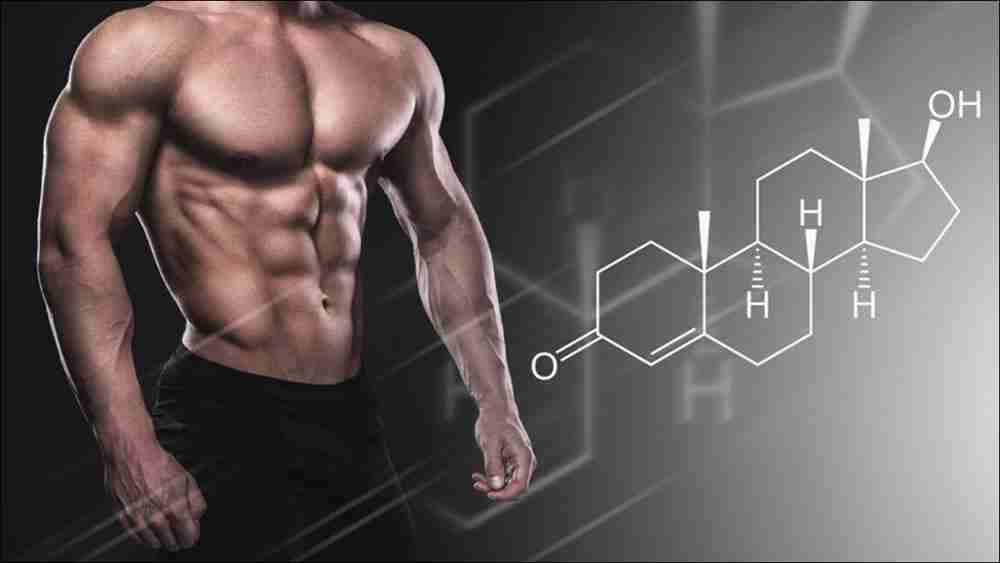
Components of Effective Post-Cycle Testosterone Recovery Protocols
Typical PCT programs incorporate:
SERMs – Selective estrogen receptor modulators like Clomid, Nolvadex and Toremifene help block estrogen and stimulate LH/FSH.
Aromatase Inhibitors – Drugs like Arimidex reduce estrogen levels to normalize hormonal balance.
HCG – Gonadotropin stimulating LH mimics natural signaling to kickstart testes function.
DHEA – This testosterone precursor supports endogenous production pathways.
HcG Protocol – micro doses of hCG during cycle aim to maintain testicular function 500ui each 5 days.
Designing a Post-Cycle Protocol to Restart Testosterone
Individualized PCT should factor in:
Compounds used – Harsher steroids require more aggressive recovery tactics
Cycle length – Longer cycles equal more suppressed function
Dosages – Higher doses depress function more substantially
User experience – Novices recover faster than veterans
An ideal program combines SERMs, aromatase inhibitors, and possibly hCG for 4-6 weeks post-cycle. Follow-up bloodwork helps gauge effectiveness and make adjustments. Work closely with a medical professional to tailor recovery protocols to your cycle specifics.
Supportive Actions beyond PCT Drugs
Additional ways to support testosterone restoration include:
High protein diet to replenish depleted muscle tissue
Essential fatty acids to aid hormonal balance
High intensity training to incite endogenous hormone production
Adequate caloric surplus to fuel hormonal reactions
Sufficient vitamin D to enhance testosterone synthesis
Mitigating life stress to lower cortisol levels
Quality sleep, rest and recovery to prime the endocrine system
Combining PCT medications with dialed-in nutrition and training accelerates the bounce back. Think long-term health over quick gains.
Responding If Testosterone Recovery Remains Inadequate
If testosterone is still deficient after an initial aggressive PCT attempt:
Extend PCT duration an additional 2-4 weeks
Increase SERM dosages within reasonable limits
Add hCG to PCT protocol if not already included
Get follow-up bloodwork confirming lingering deficiency
Seek medical advice on additional recovery options
Avoid cycling again until hormone panel normalizes
In rare cases, medical intervention may be required via testosterone replacement therapy. Prevention is always preferable to treatment.
By planning comprehensive PCT protocols and taking supportive actions, steroid users can avoid the damaging consequences of lingering testosterone deficiency after suppressive cycles. Work closely with endocrinology specialists to leverage clinical expertise and take a science-based approach. Health must come before any athletic goals.
Post cycle therapies Examples
Mild 8-week Testosterone Cycle:
- Nolvadex 20mg/day for 4 weeks or Clomid 50mg/day for 4 weeks
Moderate 12-week Testosterone/Deca Cycle:
- HCG 1000IU every other day for 3 weeks
- Nolvadex 20mg/day for 6 weeks or Clomid 50mg/day for 6 weeks
Harsher 16-week Test/Tren/Mast Cycle:
- HCG 1000IU every other day for 4 weeks
- Nolvadex 40mg/day for 8 weeks or Clomid 100mg/day for 8 weeks or Arimidex 0.5mg/day for 8 weeks
The SERM doses can be adjusted up or down based on how much suppression occurred and bloodwork during PCT showing testosterone recovery.
Fertility medications like HMG may be added to PCT protocols if sperm production needs further stimulation after extended steroid use.
An endocrinologist or anti-aging doctor can dial in and customize PCT to your body’s response. More severe suppression requires more aggressive therapy. Timing the start and extended length also improves recovery outcomes.
Here are some guidelines on normal reference ranges for key hormones on lab tests relevant to testosterone recovery after steroid cycles:
Total Testosterone – Normal range around 300 – 1000 ng/dL (depending on age)
Free Testosterone – Typically 8.7-25 pg/mL for adult males
Luteinizing Hormone (LH):
LH levels in males typically range from 1.5 to 9.3 mIU/mL
Follicle Stimulating Hormone (FSH):
In men, FSH levels usually range from 1.3 to 19.3 mIU/mL
Normal ranges help assess recovery status:
During cycle – Testosterone high, LH/FSH suppressed
After PCT – Testosterone normal, LH/FSH normal
If testosterone remains low and LH/FSH low/normal post-PCT, the hypothalamic pituitary axis is still suppressed and requires more recovery time.
Estrogen should also be checked via sensitive assay during PCT – ideal range is 10-40 pg/mL for males.
Getting bloodwork before, during and at multiple points after each cycle is crucial to gauge recovery and determine if more aggressive PCT is needed. This helps guide custom-tailored therapy.
Share this page:
- Click to share on X (Opens in new window) X
- Click to share on Facebook (Opens in new window) Facebook
- Click to email a link to a friend (Opens in new window) Email
- Click to share on LinkedIn (Opens in new window) LinkedIn
- Click to share on Reddit (Opens in new window) Reddit
- Click to share on Pinterest (Opens in new window) Pinterest
- Click to share on Telegram (Opens in new window) Telegram
- Click to share on WhatsApp (Opens in new window) WhatsApp
- Click to share on Tumblr (Opens in new window) Tumblr
Written by Steroids USA
Pay with WISE APP or Remitly
Pay with WISE App or Remitly
Fast money transfers from USA for fast delivery of steroids
Secure delivery in USA
100% reliable shipping in USA
24x7 Support
Online 24 hours
Low cost delivery
Great shipping prices in USA
BULK ORDER DISCOUNT
If you are a reseller in the USA you can get a special DISCOUNT, we can give you up to 50% or more on bulk orders. If you want to make a bulk order, we can negociate for orders of over USD$4,000, contact us by email.
Steroids info

